Best Time for Fire Pit Installations
Spring offers moderate temperatures and longer daylight hours, making it ideal for outdoor work and allowing ample time for setup before peak usage seasons.
Summer provides warm weather conducive to outdoor projects, but high temperatures and busy schedules may delay installation or limit access.
Fall's cooler temperatures and stable weather conditions create favorable conditions for installation, with plenty of daylight and less outdoor activity.
Winter poses challenges such as cold temperatures, snow, and frozen ground, which can hinder installation processes and extend project timelines.
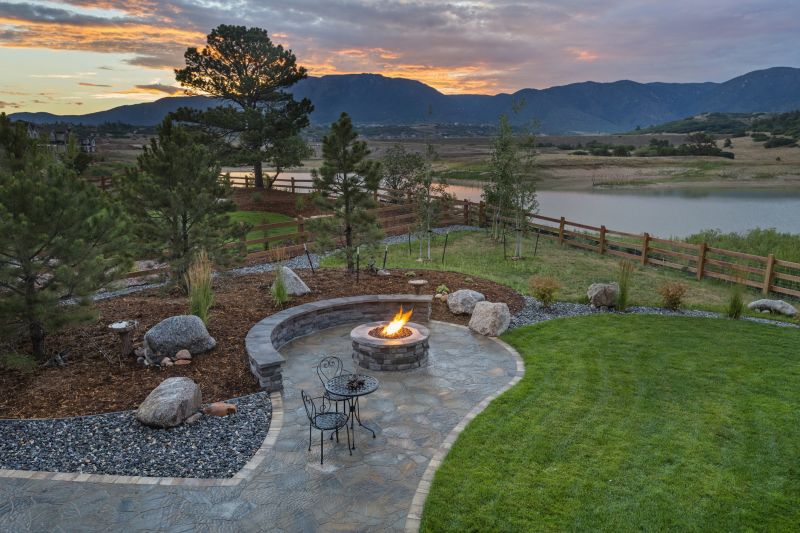
Ways to make Fire Pit Installations work in tight or awkward layouts.
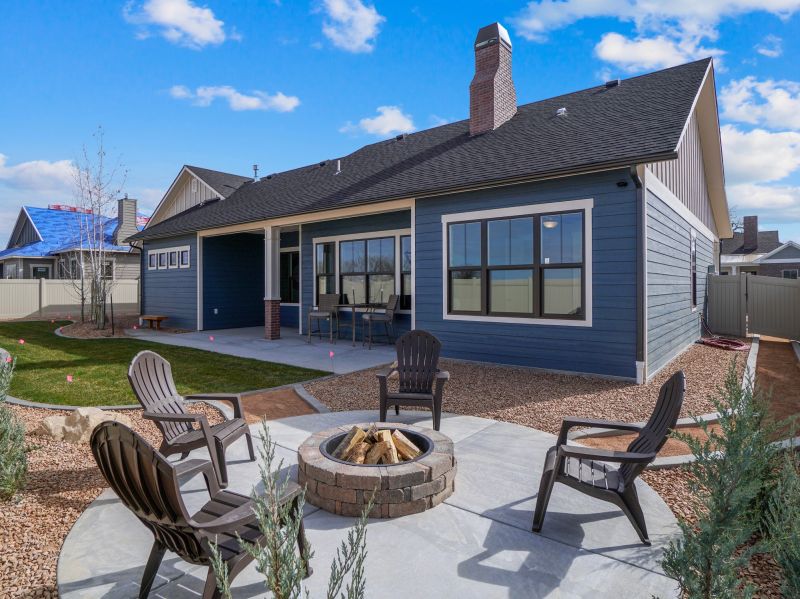
Popular materials for Fire Pit Installations and why they hold up over time.
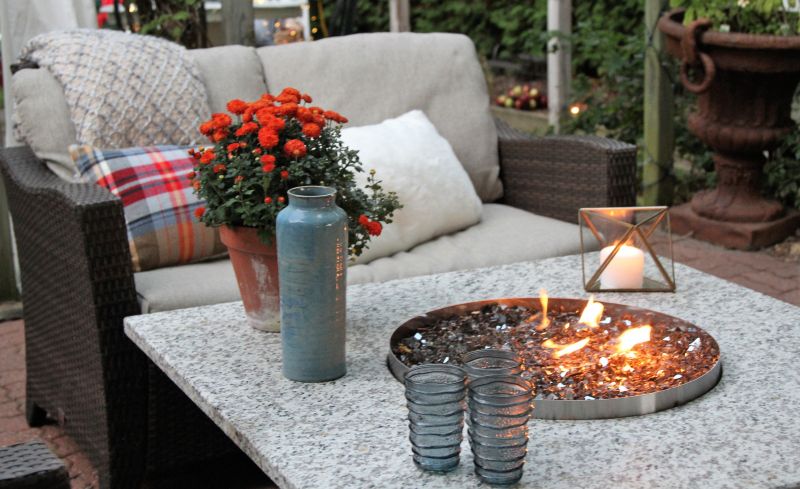
Simple add-ons that improve Fire Pit Installations without blowing the budget.
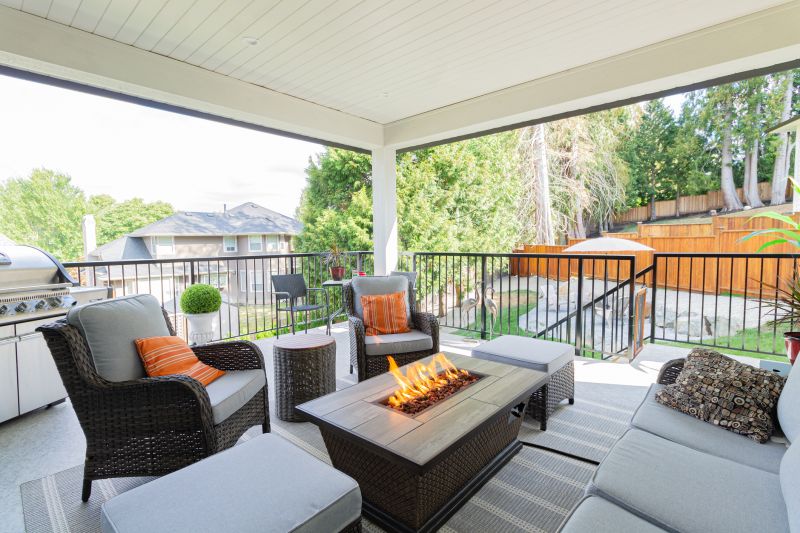
High-end options that actually feel worth it for Fire Pit Installations.
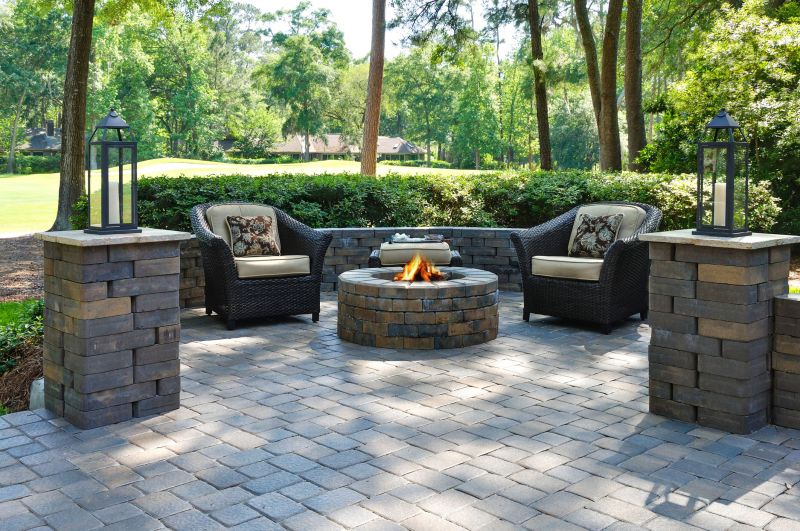
Finishes and colors that play nicely with Fire Pit Installations.
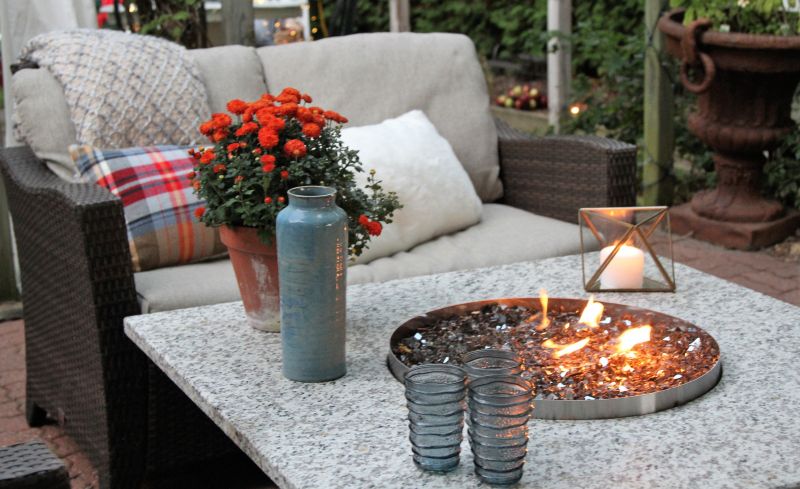
Little measurements that prevent headaches on Fire Pit Installations day.
Fire pit installations involve careful planning and execution to ensure safety, durability, and aesthetic appeal. Proper site preparation, material selection, and adherence to safety standards are essential components of a successful installation. The timing of installation can impact these factors, with optimal conditions reducing the risk of issues such as poor drainage, uneven surfaces, or damage from weather conditions.
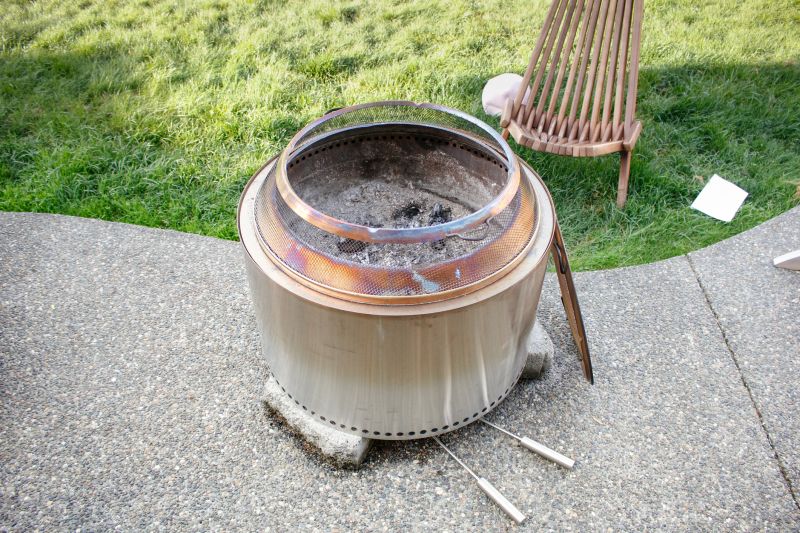
A 60-second routine that keeps Fire Pit Installations looking new.
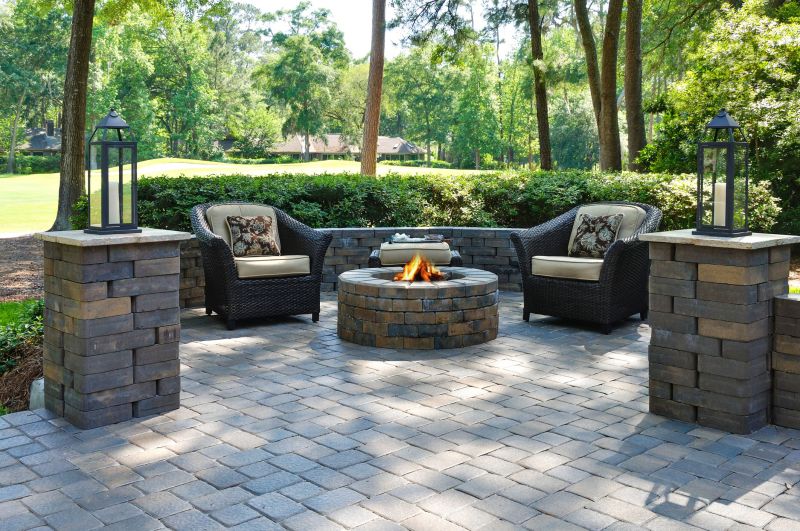
A frequent mistake in Fire Pit Installations and how to dodge it.

Small tweaks to make Fire Pit Installations safer and easier to use.
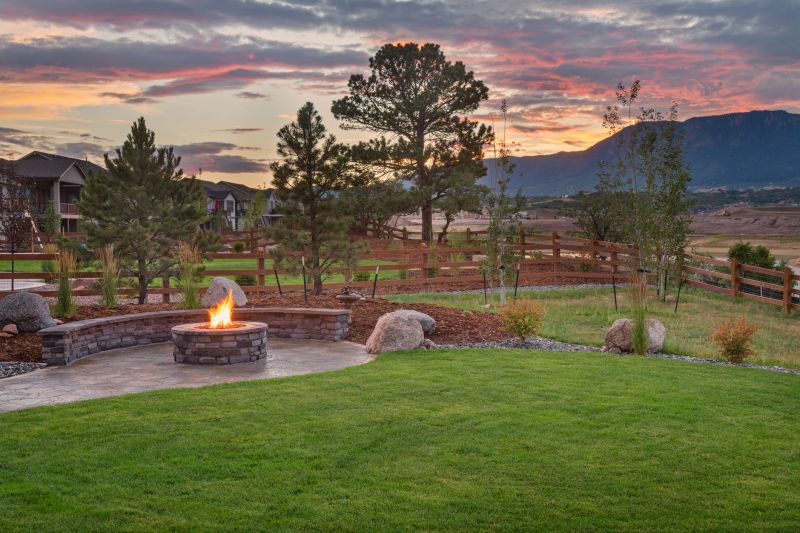
Lower-waste or water-saving choices for Fire Pit Installations.
Interested parties are encouraged to contact for more information about fire pit installation services. Proper timing and planning can ensure a successful outdoor feature that enhances the space's usability and aesthetic appeal.
